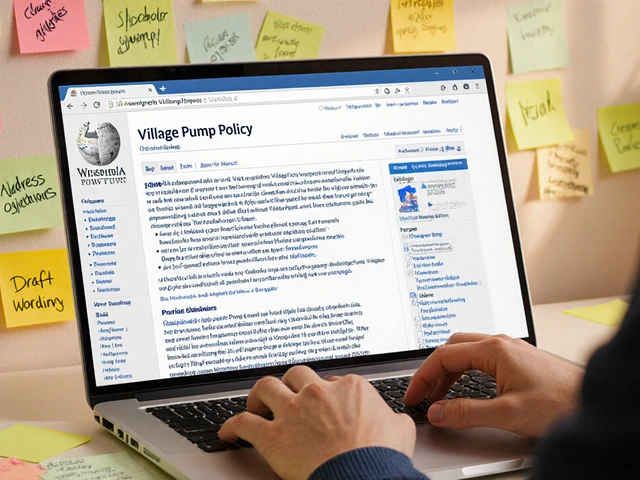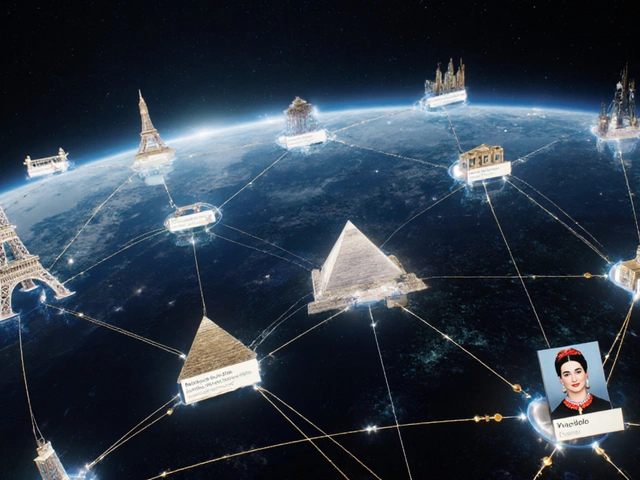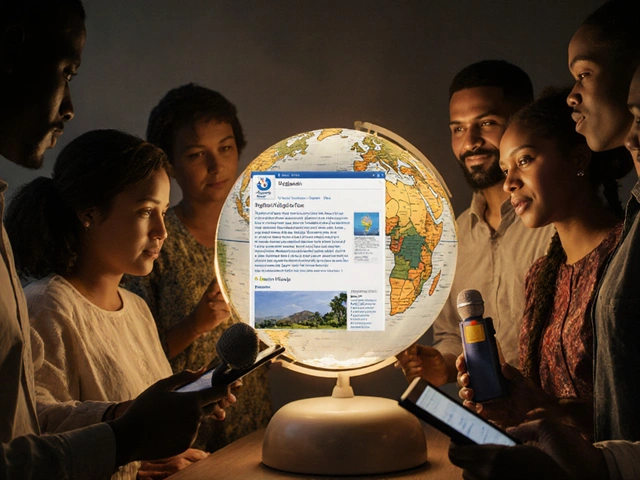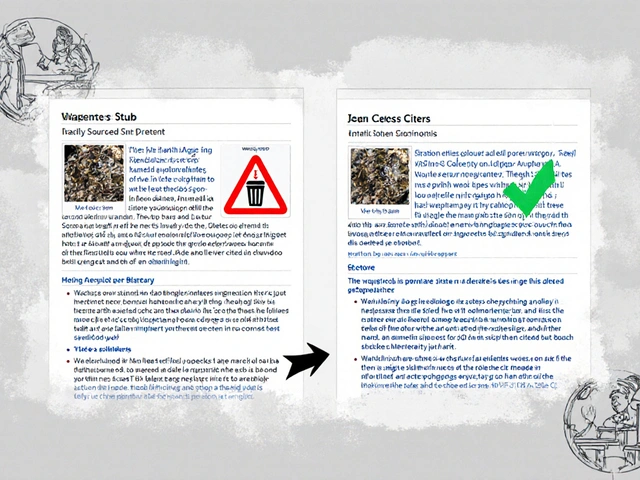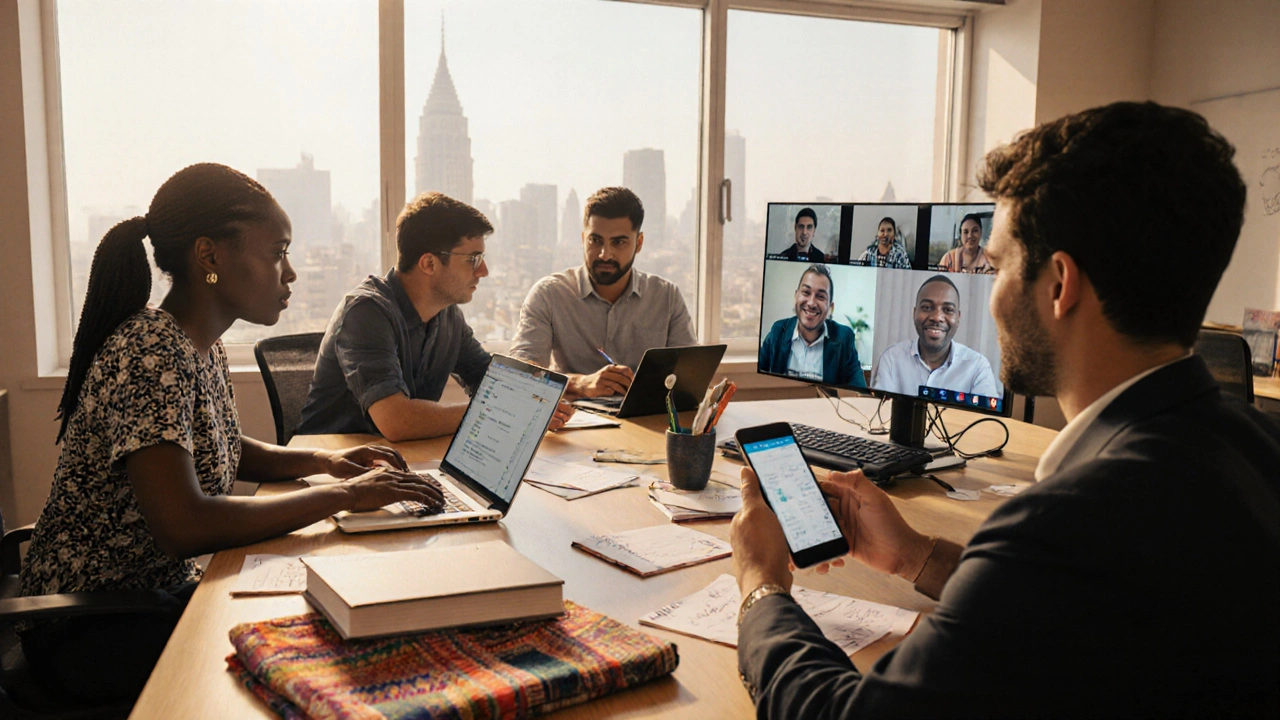
When you think of Wikipedia, you probably think of free knowledge, volunteers, and millions of articles in hundreds of languages. But behind the scenes, there’s a small team of full-time staff at the Wikimedia Foundation making sure it all runs smoothly. And over the last five years, that team has been changing - intentionally.
Why Diversity Matters for a Global Encyclopedia
Wikipedia isn’t just a website. It’s a global public good. Someone in Lagos edits an article about Nigerian history. A student in Manila adds citations to a page on Southeast Asian agriculture. A retiree in Buenos Aires fixes grammar on a page about tango. The content comes from everywhere - but for years, the people managing the platform didn’t reflect that.
The Wikimedia Foundation realized something simple: if your team doesn’t understand the cultures, languages, and needs of your global users, you can’t serve them well. A team made mostly of people from North America and Western Europe couldn’t spot biases in articles about African history, recognize the importance of indigenous knowledge systems, or even understand why certain regions had low contributor rates.
That’s why in 2020, the Foundation set its first formal diversity goals. Not as a PR move. Not as a checkbox. But because it was the only way to make Wikipedia truly representative.
The Hiring Shift: From Tech-Centric to Community-Centric
Before 2020, most hires at the Wikimedia Foundation came from traditional tech backgrounds - engineers from Silicon Valley, product managers from startups, designers from top universities. The hiring pipeline was narrow. The same schools. The same networks. The same resumes.
The new approach flipped that. Instead of asking, “Where did you go to school?” they started asking, “What communities have you served?”
They began recruiting from non-traditional sources: community organizers in rural India, translators in Arabic-speaking regions, librarians in Latin America, educators in Indigenous communities. One hire came from a rural village in Nepal where she taught Wikipedia editing to women’s groups. Another was a former Wikipedia editor from Sudan who had no college degree but had spent five years fixing misinformation on Arabic-language articles.
They didn’t lower standards. They widened the net. And it worked. Between 2020 and 2024, the percentage of staff from underrepresented regions grew from 22% to 48%. Staff from Africa, Latin America, and Southeast Asia went from being a small minority to making up nearly half the team.
Measuring Progress - And Being Honest About Gaps
The Foundation doesn’t just talk about diversity. They publish the numbers - every year.
In their 2024 Diversity Report, they showed:
- 48% of staff identify as from the Global South (up from 22% in 2020)
- 52% of staff are women or non-binary (up from 39% in 2020)
- 31% of staff speak a non-English first language (up from 18% in 2020)
- 23% identify as having a disability (up from 14% in 2020)
But they also published the gaps.
Only 7% of leadership roles are held by people from Africa. Only 5% of engineers are from Latin America. The tech side still lags. The Foundation admits it: hiring engineers who speak Swahili or Quechua is harder than hiring them in Berlin or San Francisco.
So they changed their strategy. Instead of requiring a computer science degree, they started offering paid apprenticeships in technical roles to Wikipedia editors from underrepresented regions. One apprentice from Ghana now leads the team that improves mobile access for low-bandwidth users. Another from Peru now designs tools for offline editing in remote villages.

It’s Not Just About Numbers - It’s About Power
Diversity isn’t just about who’s in the room. It’s about who gets to decide.
Before 2021, most product decisions were made by a small group in San Francisco. Features like the new mobile editor, language translation tools, or content moderation systems were designed without input from the people who used them most.
Now, every major product team includes at least two staff members from underrepresented regions. When they redesigned the mobile app, they brought in editors from Indonesia, Nigeria, and Bolivia to test it. One feedback thread from a Bolivian editor led to a major change: the app now supports Quechua and Aymara languages - languages that had been ignored for over a decade.
That’s the real win. Not just having diverse staff. But letting them lead.
What Happens When You Stop Treating Diversity as a Side Project
In 2023, the Foundation stopped treating diversity as a “HR initiative.” They made it part of every job description, every budget review, every performance evaluation.
Managers are now evaluated on how well their teams reflect global diversity. Budgets are tied to hiring from underrepresented regions. Even the office layout changed - instead of one big HQ in San Francisco, they now have regional hubs in Nairobi, Jakarta, and Mexico City. Staff can work from anywhere. No relocation required.
The results? Higher retention. More innovative features. Fewer cultural missteps.
One example: in 2022, a team in San Francisco released a tool to flag “potentially biased” edits. It kept blocking edits from Indigenous communities that used oral history sources. Why? The algorithm was trained on English-language academic sources. It didn’t recognize that in many cultures, oral traditions are valid knowledge.
The fix? A team from Canada and Brazil - both with Indigenous heritage - redesigned the tool with input from 12 Indigenous communities. The new version now accepts oral citations with proper context. It launched in 2024. And it’s now used in over 30 languages.
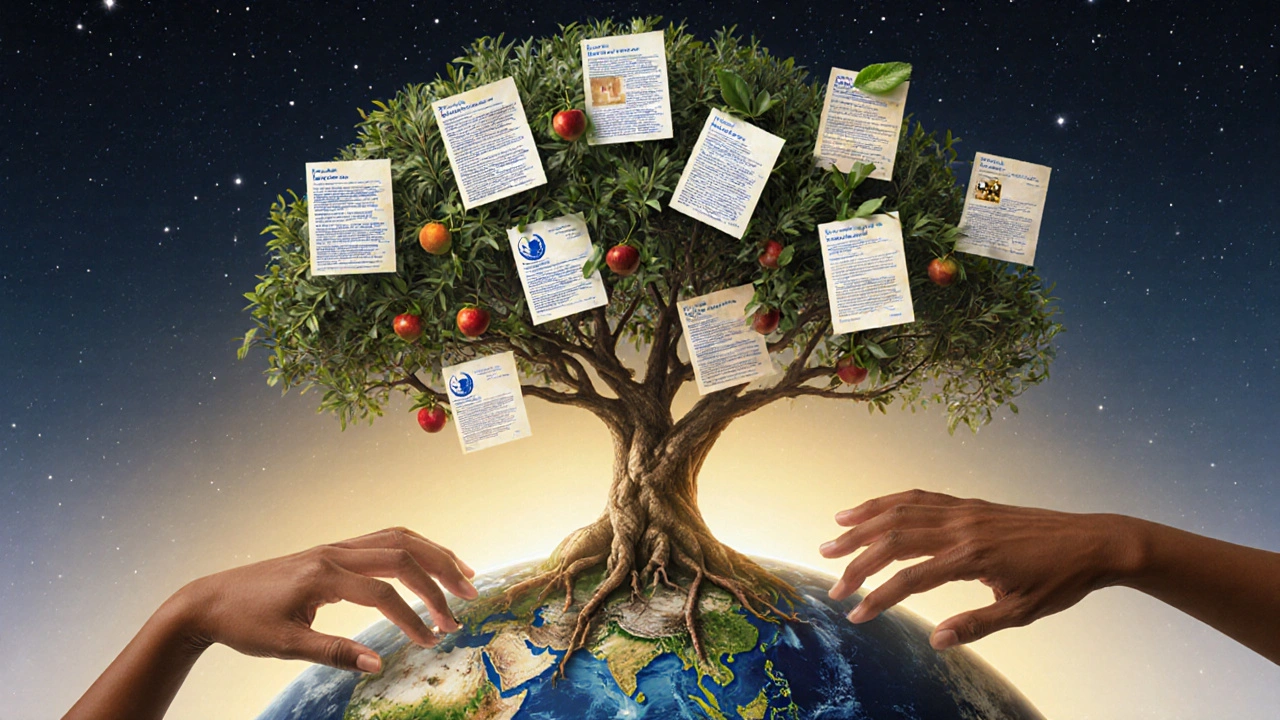
The Bigger Picture: A Model for Other Nonprofits
The Wikimedia Foundation isn’t perfect. They still have work to do. But they’re one of the few tech-adjacent organizations that are being transparent, measurable, and accountable.
They’ve shown that diversity isn’t about charity. It’s about effectiveness. You can’t build a global knowledge base with a local team. You need people who’ve lived the knowledge you’re trying to preserve.
Other nonprofits - from open-source projects to digital archives - are now looking to Wikimedia as a model. How did they hire without a big budget? How did they convince donors to fund regional hires? How did they keep morale high when change was slow?
The answer is simple: they listened. And they let people from the margins lead.
What’s Next?
The next goal? 50% of leadership roles held by people from the Global South by 2027.
They’re not just hiring more people. They’re building pathways. Scholarships for editors to become staff. mentorship programs for young contributors in underrepresented languages. Partnerships with universities in Nigeria, Vietnam, and Colombia to recruit early-career talent.
Wikipedia will never be perfect. But the team behind it is getting closer to being what the world needs: diverse, grounded, and truly global.


